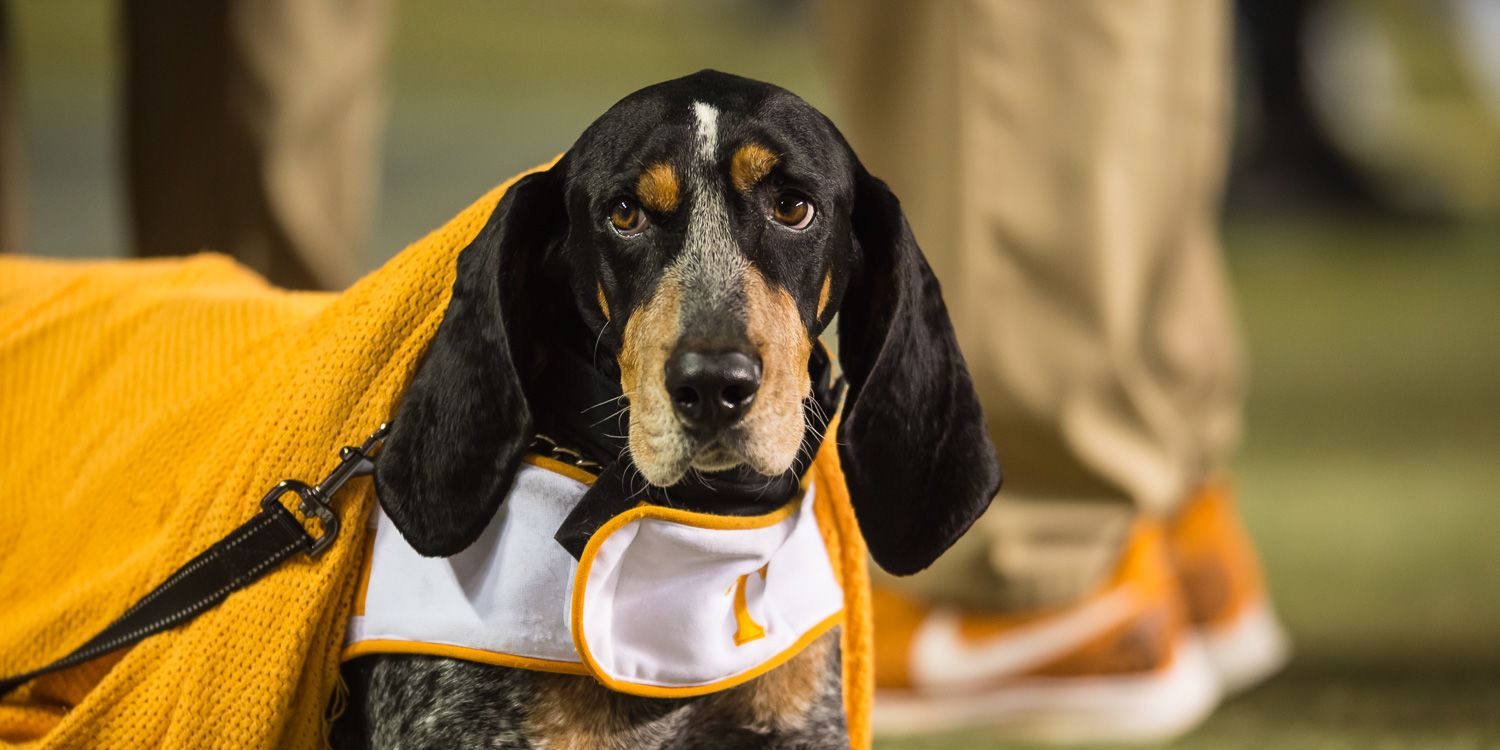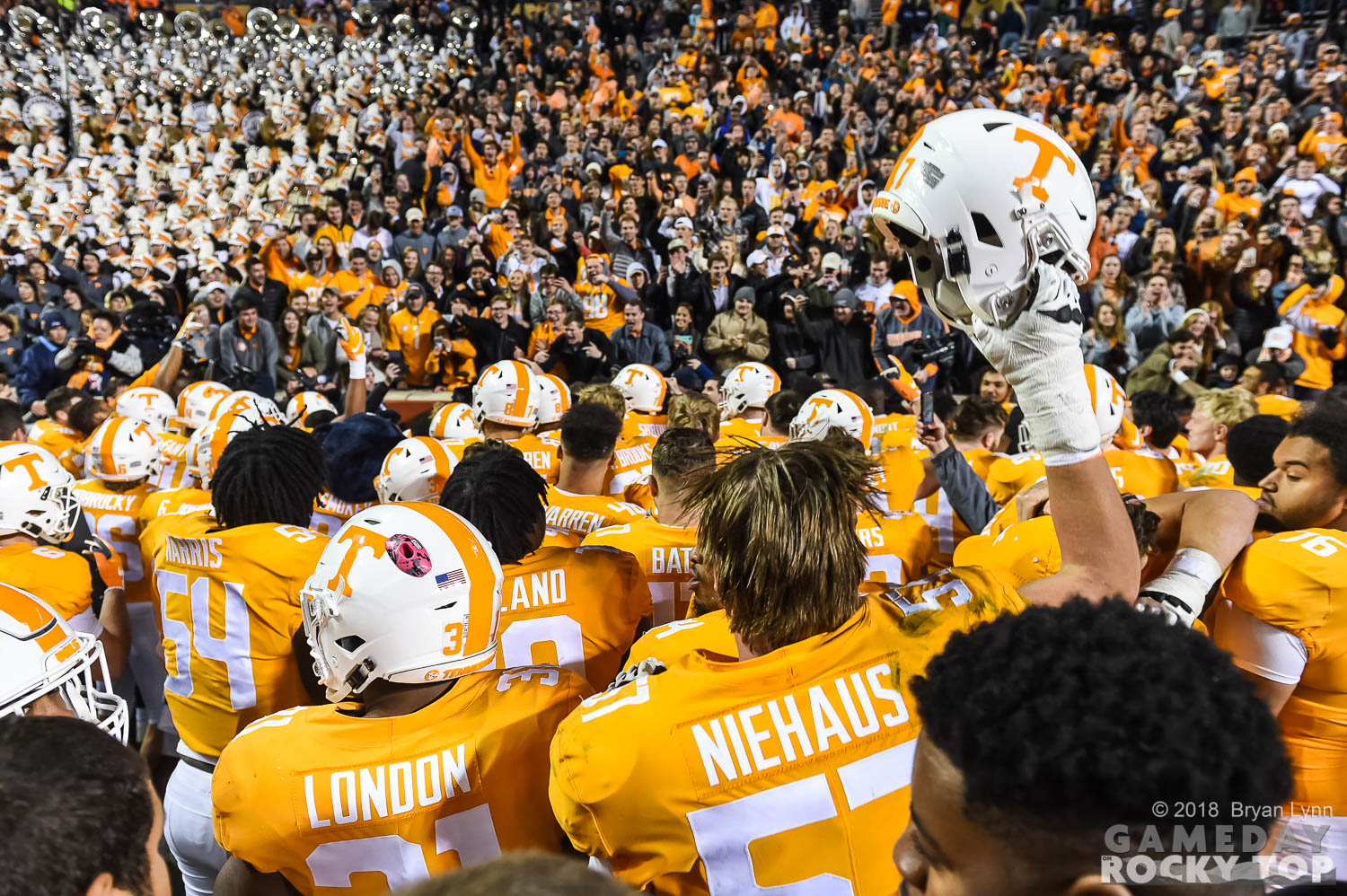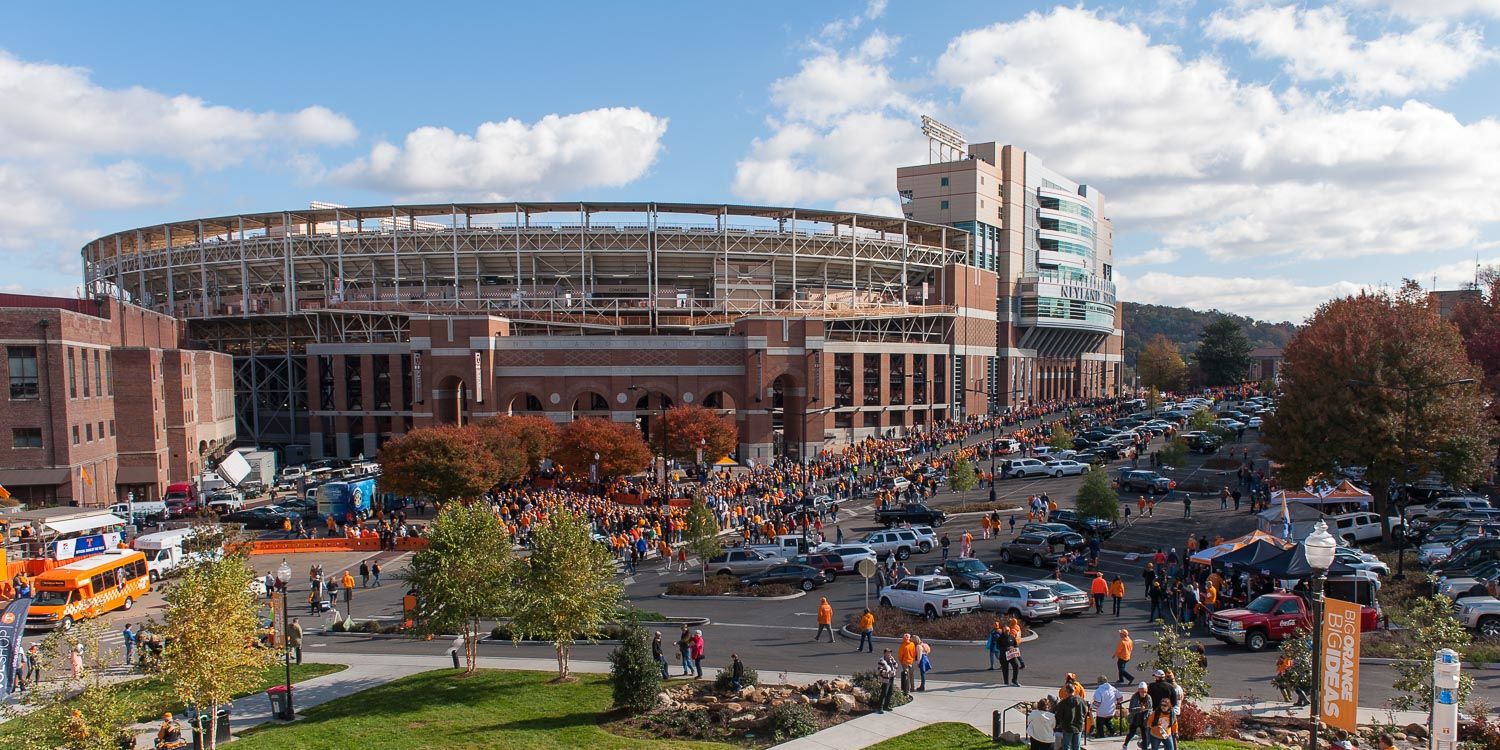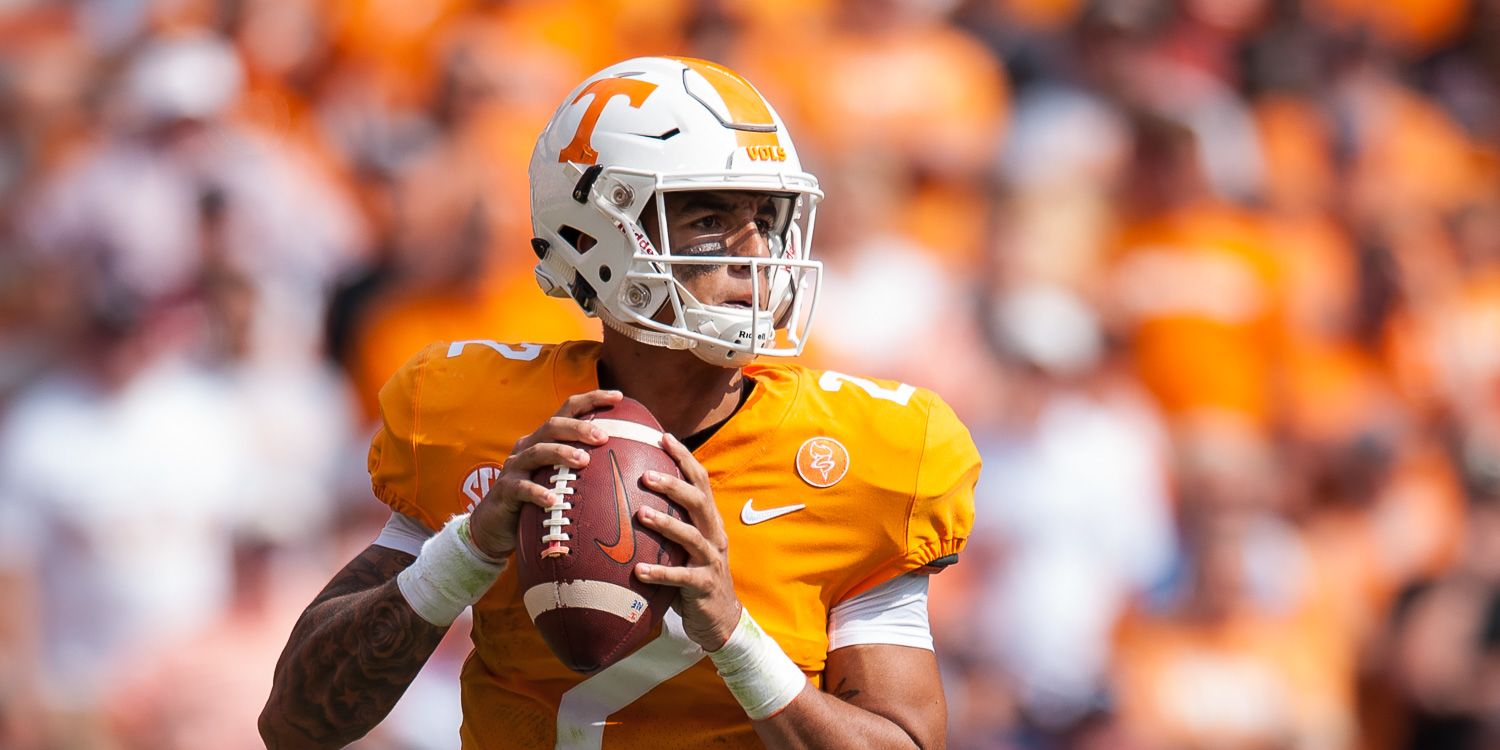We’ve taken a look at the potential for the 2019 Tennessee team were its former bluechip recruits on the offensive and defensive side of the ball to play up to their rankings. When you look at it from that angle, there is reason for some optimism if you put a any amount of faith in Coach Jeremy Pruitt and his staff to coach them up. However, we’ve also stipulated that regardless of whether or not that elevation in play from former 5 and 4-stars happens, the team does not have enough quality depth across the board despite Pruitt’s relatively strong efforts in his stub 2018 class and first full class of 2019.
That said, despite the coaching change there has been relatively little attrition, which not only lends credibility to the belief that the players in the program have bought into what Pruitt is trying to build but also leaves a base of older players – even if they weren’t bluechip recruits – who could just be looking for the kind of development that was sorely lacking during Butch Jones’s tenure. Specifically, the much maligned class of 2017 – Jones’s final class – is now made up of true Juniors and RS Sophomores, and as can be seen below there are still quite a few of them – eighteen to be exact. A handful of seniors and RS Jrs also dot the list below.
Along with getting the most out of its most talented players, squeezing as much juice from the former 3-star proverbial Big Oranges, who have contributed to varying degrees during their time on campus, would go a loooong way towards helping the 2019 team get over the current hump and win 7, 8, even 9 games this season.
RB/HB
Tim Jordan (Jr) – battling for the #2 spot with Jeremy Banks and Eric Gray behind Ty Chandler, Jordan brings a specific set of strengths and limitations to the Vol RB corps. If he’s improved his vision and straight line speed while keeping and even building on his natural strength and tackle-breaking ability, that would go a long way towards solidifying the position
Princeton Fant (RS So)/Austin Pope (RS Jr) – two guys who’ve bounced around position-wise, each of Fant and Pope have the size and skill to be a Swiss Army Knife HB weapon for Coach Chaney. Fant in particular just looks like former Vol Chris Brown, and if he can approximate that level of production it would open up a ton for the Vol offense
WR
Josh Palmer (Jr)/Jordan Murphy (Jr)/Brandon Johnson (Sr) – likely the #3/4/5 WRs in the rotation pending Jajuan Jennings’s health, these guys are being counted on heavily. Palmer in particular oozes NFL potential with his size/speed combo and ability to high point the ball. If he takes another step this season he could absolutely jump to the WR1 spot
Jacquez Jones (RS So)/Maleik Gray (RS So) – two guys who haven’t done anything yet in their two years on the Hill, were one of them to jump up into the rotation and give Chaney and Jarrett Guarantano another option or two at the position that would be huge. More likely for these two is special teams duty where – especially given the small talent differentials between Tennessee and quite a few teams on the schedule – a big play or two could swing the season
OL
K’rohjn Calbert (RS So)
Marcus Tatum (RS Jr)
Nathan Niehaus (RS Jr)
Riley Locklear (Jr)
Calbert is far and away the most physically gifted of the four OL listed, yet has played the least amount of football. He will be in the mix for a starting RG spot when fall camp kicks off. And while the other three have all started and played quite a bit, the best case scenario for the Vols is that the younger and more talented players earn starting roles and these guys provide the kind of high quality experienced depth that Tennessee hasn’t had on the OL for most of the last decade
Given the volume of players at each position, it’s easy to see both the necessity for the Vols that some of these players step up as well as how big it would be. Even if none of them become starters but just provide quality depth and rest for the first-teamers or even better make big plays when the opportunity presents itself, shoring up the bottom portion of the roster (from a star ranking perspective) with play that exceeds what anyone is expecting from them would simply be huge for Tennessee.









